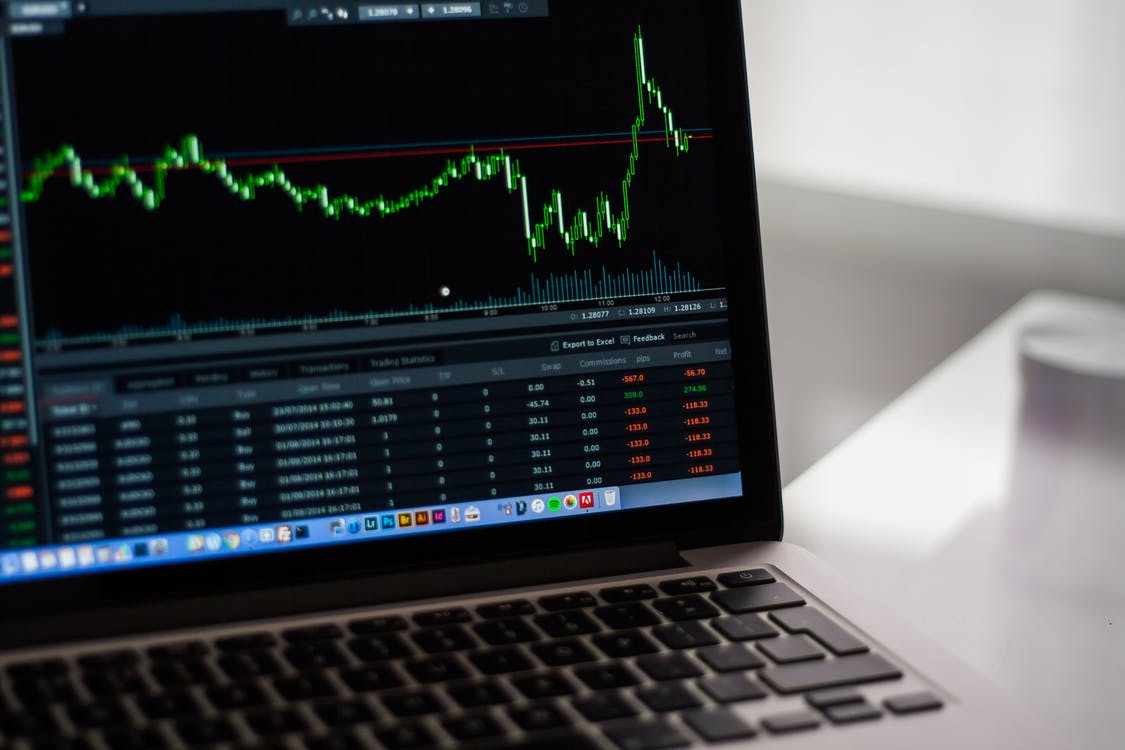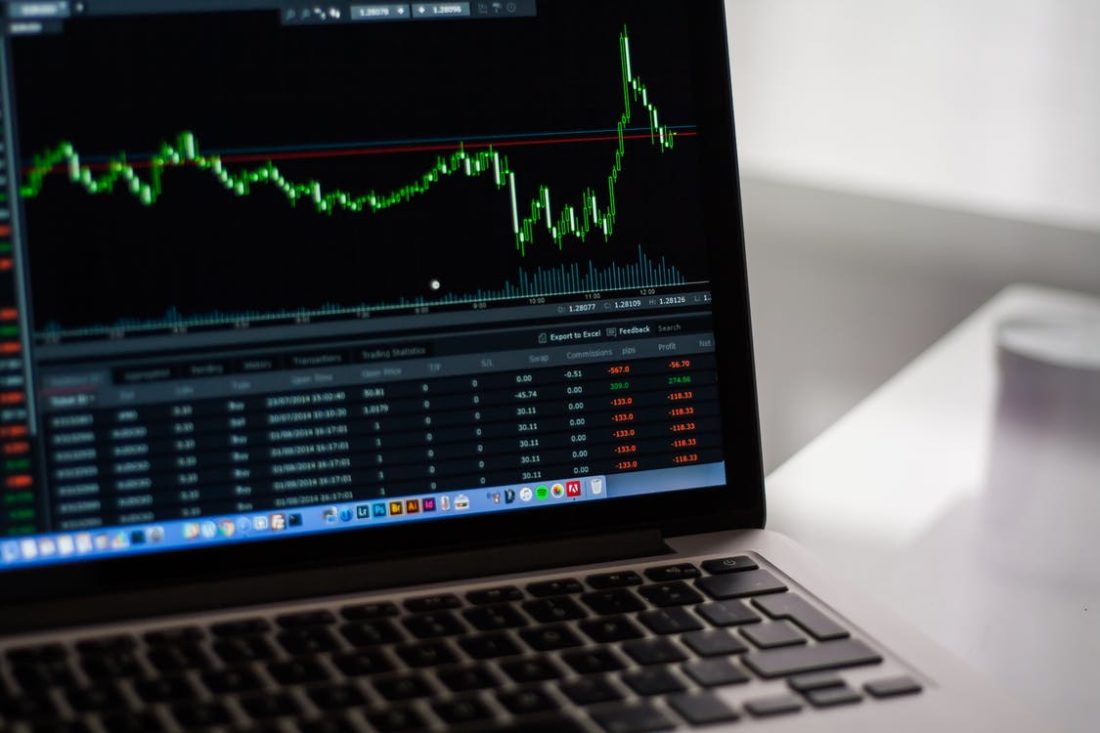
In CFD- Contract for Difference trading, the buyer pays the difference between the opening price and closing price for the selected assets during the contract duration to the seller. It enables traders to speculate on rising as well as falling prices of various currencies, commodities, bonds, cryptocurrencies, indices, shares, treasuries, etc. Assets are bought and sold digitally, so, there is no physical purchase or sale of the selected items.
As per margin requirement, you only need to deposit a small amount of funds before you open a position. No doubt, this can prove to be beneficial if you make good returns, however, the point to be noted is that if you lose, your losses also magnify. You may end up losing more money even than what you had initially invested. So, trading in CFDs is not a child’s play.
Traders also need to monitor holding costs that are charged at the end of the trading day. Besides, commission, some online platforms offer more profound insight into market data in exchange for a monthly fee. It is entirely up to the trader to decide if he or she wants to opt for such add-ons offered by the trading platforms.
Here’s an example to simplify the definition. Let’s assume that the value of ABC stocks is $100 when you decide to opt for 1000 ABC stocks CFD contract. If, while selling, the value of same stock reaches $105, you would end up making a profit of $5000. On the other hand, if the price of stock reduces to $95, you would have to pay the difference of $5000 to the seller.
CFD day trading is slowly becoming famous around the world. A trader can trade on various assets throughout the day and make or lose money with even the slightest fluctuations. The funny part is that you can also make money by speculating about falling prices of the selected items.
There is no need to deal via a stockbroker; as such trading involves only trading on the price movements of the commodities. Trading in CFDs is easy and quick.
As mentioned earlier, the losses, as well as profits, often magnify. Thus, most of the trading platforms offer tools to help traders in controlling losses.
In order to limit the downside potential, traders can set a trigger value to exit. So, when the selected item’s value reaches the chosen price point, the automated system exits trade automatically. For example, if you buy a stock worth $50, you can use the stop loss tool and set auto closing for a losing trade when the value of the stock drops down till $45. This feature can help you stay safe when it comes to losses. Some online trading platforms offer guaranteed stop loss orders as well, but they charge additional fees for such requests.
You can also use tools that help in opening positions when the selected stock reaches a level set by you to maximize trading potential. Such inbuilt risk management tools make sure that the deposit in your account does not cross the minimum margin level.
Are there any similarities between Forex and CFDs?
There are a lot of similarities between CFDs trading and Forex. Their pricing methods, charts, and trading platforms look similar. Entering and exiting markets is comfortable with both options for traders. Most importantly, the trading execution process for CFDs trading and Forex is almost identical.
Trading is done electronically (over the counter market) in both, so, there is no physical movement of the selected commodities. There’s no central exchange involved, and only the cost of trading is spread.
For example, when someone is Forex trading on Australian Dollars and Euro, he or she does not actually own any currency but is just speculating about the exchange rate. Similarly, when someone buys a CFD contract for a certain commodity, the trader does not hold the commodity but just speculates on the price rise and fall.
What are the differences between CFD and Forex trading?
Forex trading involves uniform lot sizes trading as traders deal with one currency against the other. But, in CFD trading, traders can select contracts in any currency type and with any increment value.
Forex is basically currency trading, while CFD trading involves betting on currencies, metals, indices, energy, and other commodities. Overall, CFDs allow traders to trade in a diverse set of markets.
Forex trading is more influenced due to global factors like political changes in developed countries, employment shift, etc. On the other CFD trading is affected mostly due to supply and demand related factors. The trend varies from one sector to the other.
Can inexperienced traders try their luck with CFDs?
CFD trading requires a lower capital to start. If a trader has basic knowledge about the commodities that he or she wants to buy CDF contract for, there is no reason to stay away from CFD trading. Expert trading tips available on the internet can prove to be helpful. However, one must keep a close track of all the events that can affect the CFD market, primarily, the CFD instrument that he or she wishes to deal around.
Once you are pro in using demo version, you should create a trading strategy. You should decide the profit targets as well as the stop-loss limit. Decide where and when (indicators) you wish to enter along with goals for the exit as well.
Platforms like Admiral Markets offer trading guides as well as demo accounts so that inexperienced traders can trade using demo version and understand how the trading works. The trading platform provides world-class apps suitable for multiple devices. The MetaTrader 4, MetaTrader Supreme Edition, MetaTrader WebTrader, MetaTrader 5, MT4 for OS X, as well as the platform’s Android application are the latest ones offered to users.
Besides commodities, indices, shares, forex, and cryptocurrencies, you can also use this platform to trade in gold CFDs, as well as oil CFD contracts. The platform is governed by rules set by the Financial Conduct Authority in the UK. It operates under license from the Estonian Financial Supervision Authority.
